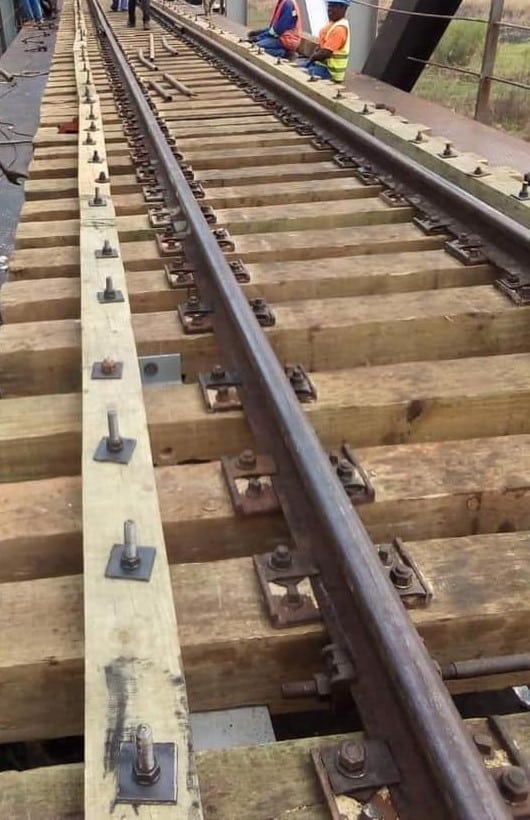South Africa’s Minister of Transport, Barbara Creecy, has underscored Zambia’s central role in Africa’s future rail transformation, highlighting the Tanzania–Zambia Railway Authority (TAZARA) and other regional corridors as critical pathways for trade and economic growth.
Speaking at the Southern African Railways Association (SARA) International Rail Conference 2025 on Tuesday, Creecy called for a decisive shift from planning to implementation in Africa’s railway sector. She said rail transport must evolve into a key driver of continental integration, economic opportunity, and sustainable mobility, with Zambia well-positioned to benefit from new investments and policy reforms.
Creecy outlined how South Africa’s National Rail Master Plan, aligned with the Southern African Development Community’s (SADC) Regional Rail Master Plan, will guide rail modernization over the next 30 years. This plan will identify priority corridors, define investment programs, and establish clear stakeholder roles—ensuring cohesive development that links landlocked economies like Zambia more effectively to seaports and regional markets.
Highlighting regional progress, Creecy pointed to the Lobito Corridor in Angola, the Nacala Corridor spanning Mozambique and Malawi, the Beitbridge–Bulawayo Railway in Zimbabwe, and especially the TAZARA line connecting Zambia with Tanzania. “Already we are witnessing vital investments in upgrading and expanding rail networks across Africa,” she said. “For Zambia, projects like TAZARA and Lobito offer lifelines to global trade routes, reducing costs and unlocking new economic opportunities.”
A key pillar of South Africa’s strategy is the National Rail Policy, which maintains state ownership of rail infrastructure while allowing third-party operators access to the network. Last week, Creecy announced that eleven private sector operators had been selected to run services on 41 routes across six corridors, with contracts of up to ten years. According to the Transnet Rail Infrastructure Manager (TRIM), these Train Operating Companies (TOCs) could carry an additional 20 million tons of freight annually from 2026/27. This move is expected to support the government’s ambition of shifting 250 million tons of freight to rail by 2029—an achievement that would ease congestion on regional roads and strengthen Zambia’s trade flows through interconnected corridors.
Creecy also announced that South Africa will launch a Request for Information (RFI) in September to test appetite for private investment in commuter rail. The aim is to restore capacity to 600 million annual passenger journeys on the Passenger Rail Agency of South Africa (Prasa) network within five years, a development expected to inspire similar reforms across the region.
Industry stakeholders welcomed the new rail direction. The Road Freight Association (RFA) praised the inclusion of private operators but urged government to ensure regulatory support and timely upgrades of rail infrastructure. Acting CEO Kevin van der Merwe said the reforms could “position South Africa and its neighbours, including Zambia, as efficient, cost-effective logistics hubs for Africa.”
The Federation of Unions of South Africa (Fedusa) also called for transparency in agreements with private operators, while stressing the need to address threats such as cable theft and vandalism.


